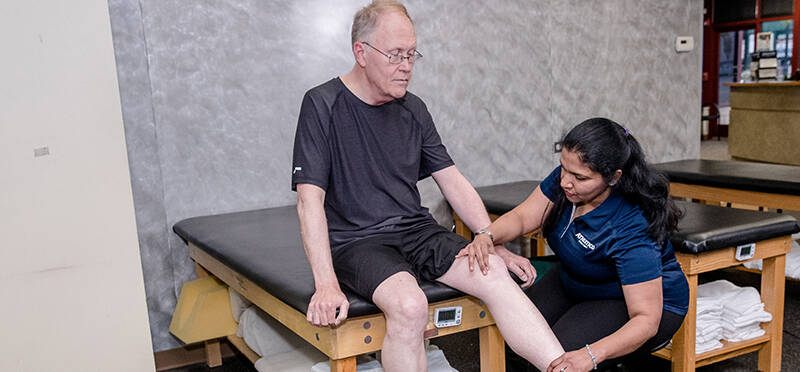What Is Physical Therapy?
Posted on December 20, 2023 by Peter Batz, PT, DPT, OCS, CMTPT, AIB-VRC
Many have heard the term “physical therapy” before, but while you may be familiar with this practice by name, there...
(more…)











